Takis
R500This is the first book in English to introduce this key figure of Europe’s postwar avant-garde and cultural underground. Through new essays and primary sources, it foregrounds the artist’s influence in contemporary art since the 1960s.
Showing 289–304 of 330 results

This is the first book in English to introduce this key figure of Europe’s postwar avant-garde and cultural underground. Through new essays and primary sources, it foregrounds the artist’s influence in contemporary art since the 1960s.
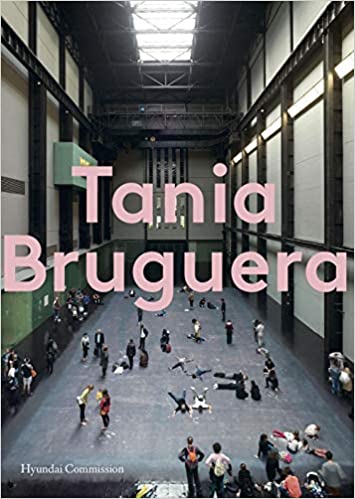
Since Tate Modern opened in London in 2000, its Turbine Hall has hosted some of the world’s most memorable works of contemporary art. The annual Hyundai Commission, now in its fourth year, gives artists an opportunity to create new work for this unique context. The most recent commission is by Cuban artist Tania Bruguera (b. 1968), who is world-renowned for her complex and absorbing installations and performance pieces that pivot around issues of authority, power, and control and events in Cuban history. For this new installation, Bruguera explores the vital issue of immigration and examines how that expands into notions of community and “the neighborly.” Bruguera, who lives in New York and Havana, has works in the permanent collections of the Museum of Modern Art and the Bronx Museum of the Arts, among others.
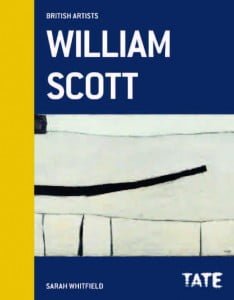
This book is a comprehensive introduction to the life and work of the important British abstract painter William Scott (1913 – 1989). After studying at Belfast College of Art and the Royal Academy of Arts in London, Scott began his painting career in 1946 while teaching at Bath Academy of Art, concentrating on still lifes…
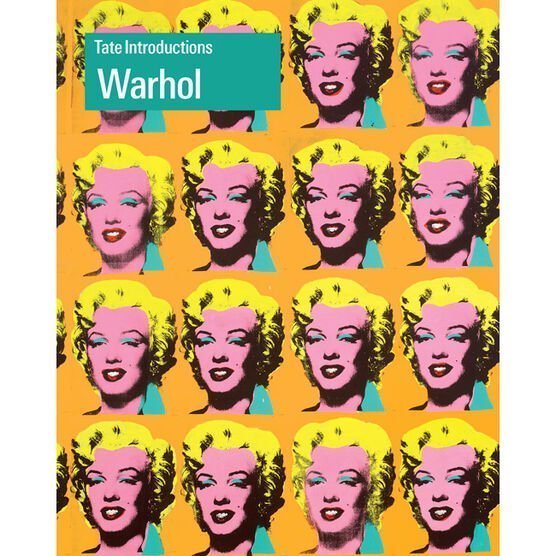
A central figure in pop art, Andy Warhol (1928-1987) was one of the most significant and influential artists of the later twentieth century. In the 1960s he began to explore the growing interplay between mass culture and the visual arts, and his constant experimentation with new processes for the dissemination of art played a pivotal role in redefining access to culture and art as we know it today.
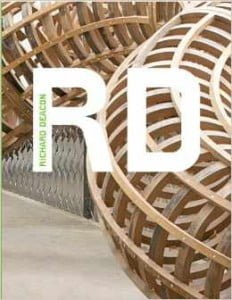
Born in Bangor, Wales, in 1949, Richard Deacon has been at the forefront of sculpture for the last 35 years and was awarded the Turner Prize in 1987.
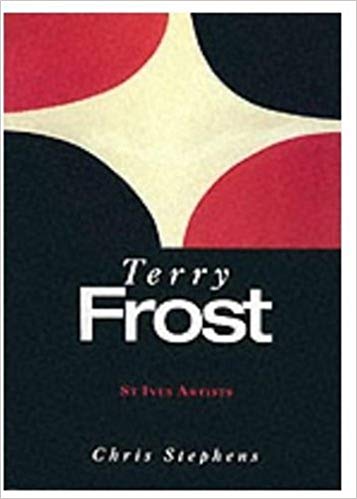
Terry Frost, one of the most important painters working in Britain in the 1950s, is now a senior artist renowned for the exuberance and joy of his paintings.
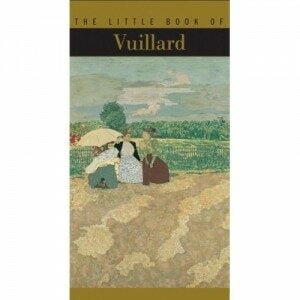
This newest addition to the Little Book series publishes to coincide with a major Vuillard retrospective opening at the National Museum, Washington D.C. mid-January 2003. The exhibit travels to Montreal in the Spring and then to Europe. In The Little Book of Vuillard (1868- 1940) we have the authority of French curators, a full color…
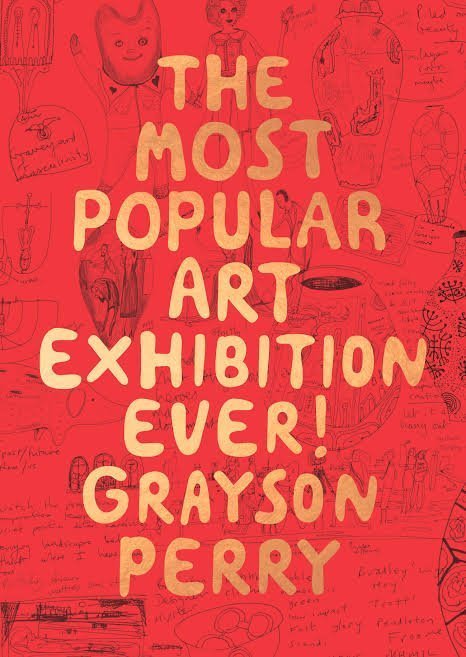
There are some artists for whom ‘popular’ is a bit of a dirty word. Grayson Perry is not one of them. He thinks art shouldn’t be an exclusive club for people who ‘get’ it, but for everyone – that’s why his new show is called The Most Popular Art Exhibition Ever!

Pablo Ruiz Picasso (1881-1973) was the most prolific artist in the history of Western art, producing over two thousand oil paintings, as well as sculptures, ceramics, collages, prints, photographs, drawings and jewellery designs. Drawing extensively on recent research, this book provides an overview of the full range of Picasso’s art and career.
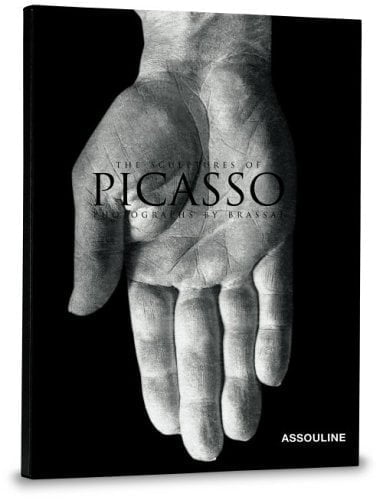
This luxurious publication presents the sculptures of Picasso photographed by Brassai, one of the most important photographers of the 20th century.
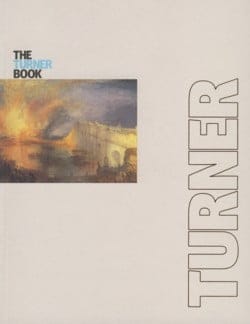
This is easily the best introduction to Turner that I have read in quite a while. It provides an informed audience with an excellent synthesis of the key issues regarding the artist’s life, work, and era… The Turner that emerges here is one that I find entirely congenial and transfixing and the Turner that a larger public should come to know.’ – Professor Kathleen Nicholson, author of Turner’s Classical Landscapes: Myth and Meaning.

He was famous throughout Italy for his fulminating temper, but also for his radical and sensitive humanization of biblical stories, and in particular his decision to include the brutal and dirty life of the street in his paintings. Caravaggio was a rebel and a violent man, but he eyed the world with deep empathy, realism, and an unrelenting honesty.

Paul Cézanne challenged convention, and proposed new possibilities for modern art. He was remarkable for his ability to perceive and paint everyday places, people, and things in ways that revealed the multiplicity and beauty of vision, while also unveiling the deep, cohesive structures of the visible world.

Salvador Dali is one of the most popular artists in the world, known for his lavish lifestyle, gravity-defying mustache, and bizarre art. This book tells the story of Dali’s life and explores the meaning of his Surrealist paintings.
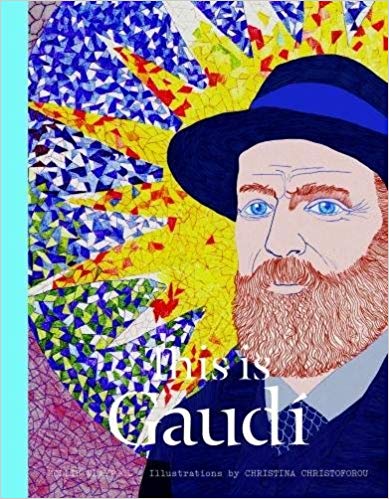
Antoni Gaudí has a reputation as monastic, mad, and hermetic. But the architect of many of the buildings that define Barcelona’s cityscape was no mad eccentric. He was a genius inspired by his faith in nature and the divine.

Paul Gauguin created some of the most advanced art in a brilliant generation of artists – all of whom struggled against the stifling conformity of the late 19th century’s artistic mainstream.
No products in the basket.